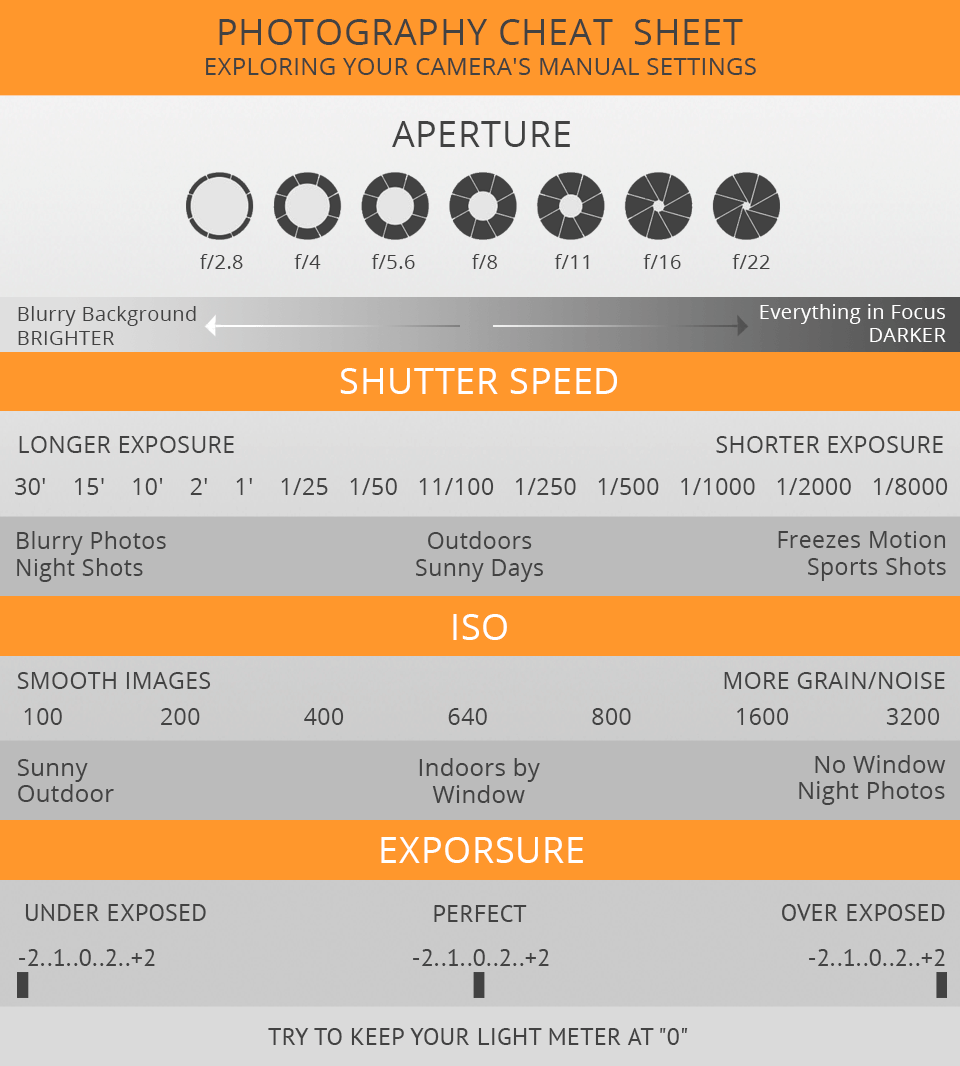What Every Photographer Must Find Out About Illumination
What Every Photographer Must Find Out About Illumination
Blog Article
Write-Up Author-Caldwell Fraser
As a professional photographer, you know that lights can make or damage your photos. Recognizing the nuances of both natural and man-made light is vital for catching the mood and quality you aim for in your work. Whether you're going after the excellent gold hour radiance or fine-tuning your artificial configurations, understanding these elements can raise your photography substantially. But there are common pitfalls that lots of neglect, and recognizing them can transform your approach to every shoot. Allow's discover what you might be missing out on and exactly how it can influence your outcomes.
Recognizing All-natural Light
Comprehending natural light is vital for any kind of professional photographer wanting to enhance their work. It's the structure of wonderful photography, influencing state of mind, tone, and quality. When you shoot outdoors, take notice of the time of day. The golden hour-- soon after sunrise and prior to sunset-- uses soft, warm light that can change common scenes right into magnificent images.
Don't undervalue the power of overcast days. Cloud cover diffuses sunshine, creating a soft, also light that's excellent for pictures and macro photography. You'll locate colors appear this kind of lights without harsh darkness.
Placing matters, also. Constantly consider your subject's positioning to the source of light. If the sun's behind your topic, you may wind up with a shape, which can be remarkable yet mightn't be what you want. Conversely, direct sunshine can develop unflattering shadows.
Explore angles; occasionally, changing your perspective can yield amazing outcomes. Use simply click the up coming post , like water or sand, to jump light onto your subject, including dimension.
Mastering Artificial Light
Grasping fabricated light is important for photographers that wish to take their abilities to the following level. Whether you're making use of speedlights, studio strobes, or continuous lights, recognizing exactly how to adjust these sources can drastically enhance your photos.
Begin by familiarizing on your own with the essentials of light top quality, direction, and shade temperature. Experiment with different modifiers like softboxes, umbrellas, or grids to regulate the softness or cruelty of the light.
You'll find that soft light often develops flattering results, while harsher light can add dramatization and depth. Don't shy away from shadows; they can enhance the three-dimensionality of your topics.
Pay very close attention to the placement of your lights. A light positioned also close to your subject can produce uncomplimentary results, while too away can lead to an absence of information. Make use of a light meter or your cam's pie chart to ensure you're revealing correctly.
Finally, keep in mind that synthetic light can be combined with ambient light for imaginative effects. Balancing these sources may take method, but once you understand it, your digital photography will absolutely shine.
Methods for Different Scenarios
When you step into various capturing circumstances, adapting your illumination methods is important for catching the most effective images. For exterior pictures, utilize the gold hour-- early morning or late afternoon light-- to soften shadows and enhance skin tones.
If it's a rough lunchtime sunlight, take into consideration utilizing a reflector to jump light back onto your topic or seek shaded areas for a more also exposure.
In low-light scenarios, like interior events, enhance your ISO and use a vast aperture to let in more light. A tripod can aid remove camera shake, allowing for longer direct exposures without blurring.
If you're shooting at evening, try out off-camera flash to create vibrant lighting and deepness in your pictures.
For item digital photography, make use of diffused lighting to prevent severe representations. Softboxes or light outdoors tents can aid achieve this result.
When photographing landscapes, take into consideration the instructions of light and time of day, as it can dramatically alter the state of mind of your shot.
Always be ready to readjust your settings and placing based upon the situation, as adaptability is crucial to understanding illumination in digital photography.
visit this web-site
To conclude, mastering lights is vital to raising your digital photography abilities. Welcome all-natural light's beauty during golden hour, and don't avoid explore man-made light techniques. By adjusting your technique to various circumstances, you'll capture stunning pictures that reverberate with emotion and clearness. Bear in mind, the right lighting can transform a normal shot into something amazing, so maintain practicing and fine-tuning your understanding of both all-natural and fabricated light. Delighted capturing!
